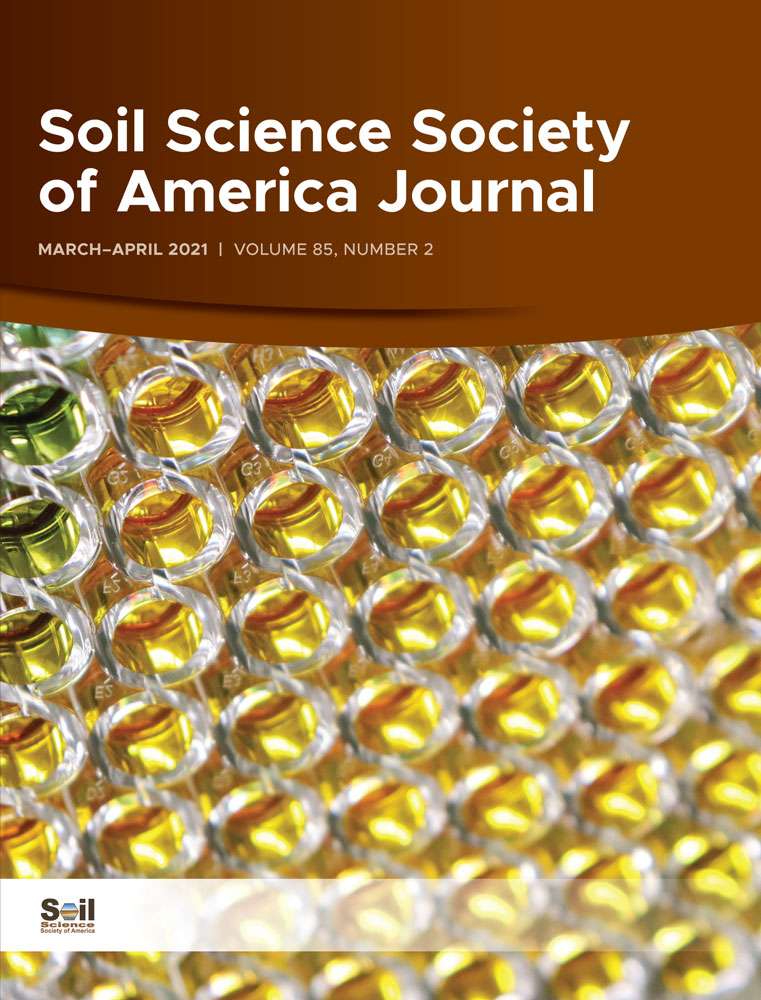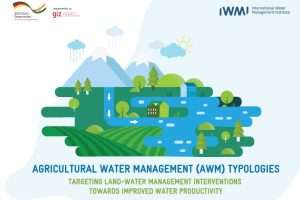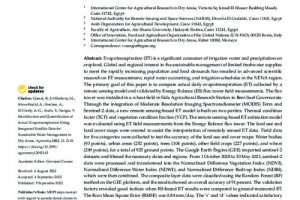Soil health testing provides an integrated assessment of biological, physical, and chemical attributes to inform the sustainable management of farm fields. However, it is unclear how tests reflect farmers’ own assessments of soil quality and agronomic performance, which may disproportionately influence farm management practices. We asked farmers in three regions of Michigan to identify three fields to compare their own assessments against soil health tests: a “best,” a “worst,” and a “non‐row crop” reference field. Each field was tested for soil aggregate stability, available water capacity, soil organic matter (SOM), mineralizable carbon (MinC), permanganate oxidizable carbon (POXC), pH, P, and K. We evaluated soil health scores using paired t tests to compare results from contrasting fields with farmers’ assessments of each field. Across all farms, the overall soil health test score for cropped fields was significantly higher on fields farmers rated as “Best.” This result was driven solely by physical and biological (including C) parameters; inorganic chemical tests did not distinguish among field types. On reference fields in all regions, biological parameters were consistently higher, but inorganic chemical and physical measures were not. The performance of soil C measures was inconsistent: SOM and MinC consistently detected significant differences between “Best” and “Worst” cropped fields, but POXC did not. Our results suggest that common soil health assays for physical and biological attributes generally align well with farmers’ assessments of their fields. That soil health tests match farmer experience reinforces the value of these tests as a meaningful guide for soil management decisions.
Do soil health tests match farmer experience? Assessing biological, physical, and chemical indicators in the Upper Midwest United States
May 14, 2021
32 Views
2 Min Read

-
Share This!




Add Comment